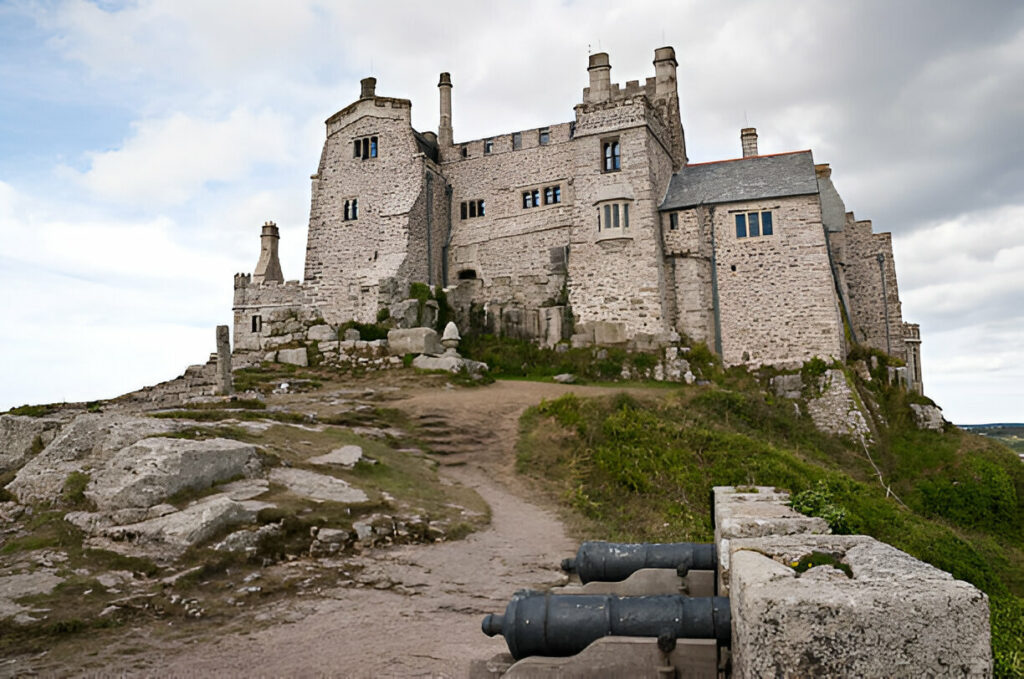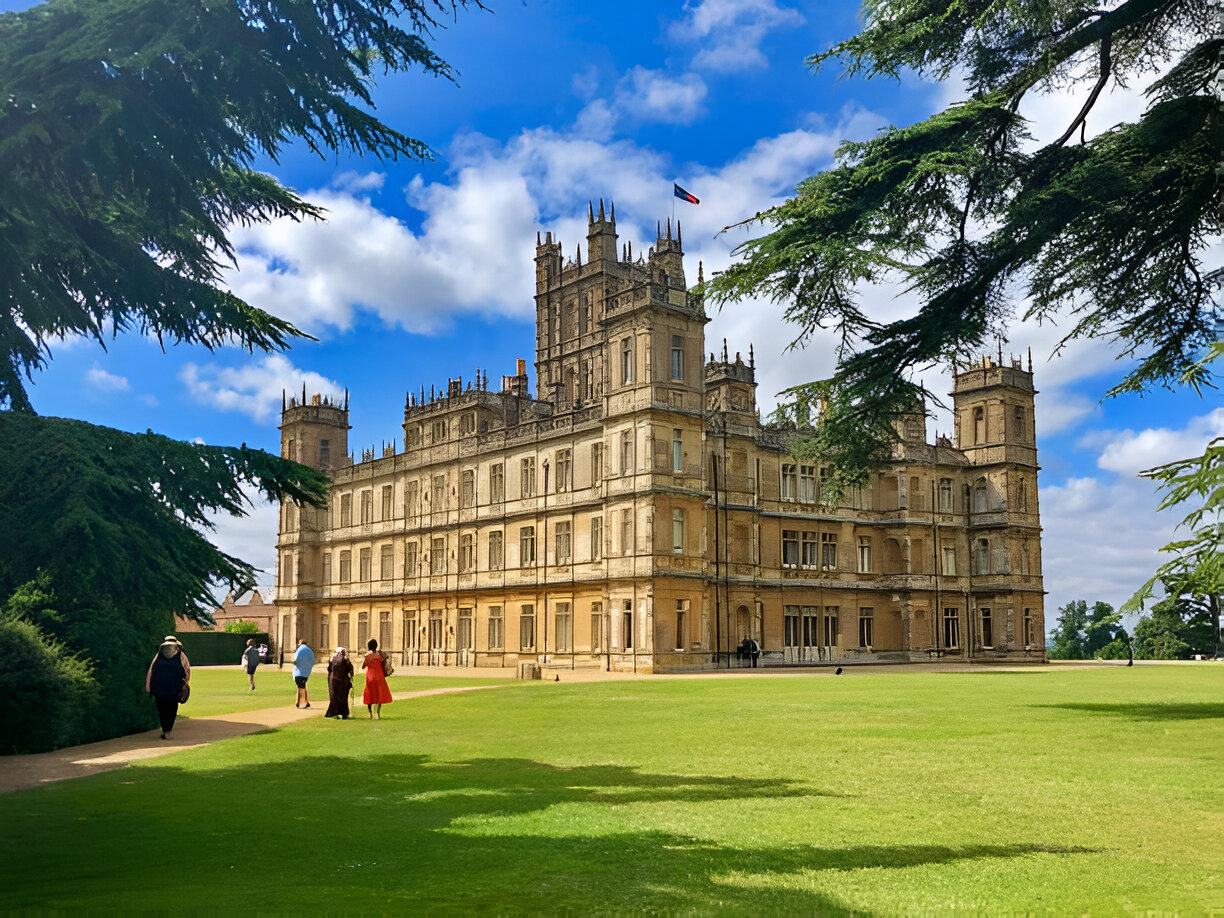Explore the Oldest Castles of England – Must Visited Sites
England is home to some of the most iconic and breathtaking castles. The oldest castles of England hold history within them. Most of the castles are now hundreds, even thousands, of years old. These castles are Europe’s ancient structures and tell the stories of kings, knights, and battles fought long ago. Although initially, they were not just fortresses rather, they were homes, symbols of wealth and authority. From its first day till now, many castles around England played a key role in their time’s political and military dynamics.

One cannot ignore the fact that the castles are fascinating beauty. Their impressive architecture and histories continue to attract visitors from around the world. These castles have survived wars, weather, and the records of history. Whether above the mountain or by rivers, they carry an aura of mystery.
In this blog, we’ll explore some significant oldest castles of England. We will look into these structures, unveiling their stories. From the well-preserved fortresses of the British Isles to the rugged beauty of England’s castles, the journey into the heart of these ancient wonders is an exploration of England’s cultural heritage that remains as relevant today as ever.
Old Castles in England With Their History
Castles are not just buildings with stone walls, majestic towers, and courtyards. Castles are monuments with historical records and architectural features. They have shaped the regions around them and influenced the very course of European history.
In England, “old” usually means structures, at least from the early Middle Ages or even earlier ones. Most of these castles were constructed between the 9th and 15th centuries. It was when feudalism heavily defined Europe.
Development of Castle Architecture
Castles have evolved over centuries. Those early castles, or motte-and-bailey structures, were typically little more than basic wooden fortifications on top of earthworks. Stone became the preferred material as time wore on, culminating in the enormous fortifications that we understand as medieval castles. Architectural styles such as Romanesque and Gothic helped develop these castles’ character. To understand a castle’s ‘age’, one has to look at the timber design motifs; and architectural materials.
Castles in History
Castles were more than magnificent buildings, Castles were necessities to medieval life. The main purpose was defensive meaning fortified noble mansions and refuge during battles. Castles were often sited on major roads or river routes at important border crossings, making them strategically important with military and economic decisions. With the development of an increasingly new type of warfare, most castles eventually shifted from fortifications to state-built status symbols, repositories of wealth and avenues for cultural expression.
The Challenges With Old Castles
Since its building, not all castles have survived till today. Many have been destroyed in wars, and abandoned due to natural decay. The castles we admire today are often the result of meticulous preservation. England’s oldest castles are not just defined by their construction dates but by the stories they hold and the roles they played in shaping the continent’s history.
Top Oldest Castles of England to Visit
Castles are mainly the ones that were built during the Norman Conquest in 1066. But some were built before 1066 specifically in the 1050s. Below we have listed the most old castles of England.
Herefordshire’s Ewyas Harold – One of the Oldest Castles of England
Ewyas Harold Castle is considered one of the oldest motte-and-bailey castles in England. It was constructed shortly after the Norman Conquest of 1066. Built somewhere around 1050, the Ewyas Harold served as a defensive stronghold against Welsh incursions. It is believed that Osbern Pentecost built this castle.
Initially constructed from timber, the castle was later rebuilt in stone.
The major part of this castle lies in ruin today.
The castle was named after Ewyas Harold, a local lord, which means Norman architectural influence and feudal governance.
While little of the original structure remains, the site is of archaeological interest.
Pevensey Castle in East Sussex
Pevensey was built after the 1066’s Norman Conquest. Pevensey Castle is nestled in the Sussex countryside near the sea. Pevensey holds two millennia of history from the Roman era to the Norman. There is a debate going on about ‘which is the oldest castle in England?’ Some would say it’s Pevensey Castle, while some mention Berkhamsted Castle. Originally, it was used as a Roman fort called Anderida. Later, it was repurposed into a castle by the Normans.
- A key site in defending England from invasions.
- The castle was besieged several times during medieval barons’ revolts.
- The castle features both Roman and Norman elements in its structure
- The castle is open to visitors.
Berkhamsted Castle
Berkhamsted Castle is another masterpiece. It was built sometime around 1066 by Robert of Mortain, the half-brother of William the Conqueror. Maybe, it was developed after the Norman Conquest. It is located in Hertfordshire – a prime example of early Norman fortifications. The location was strategically decided between London and the Midlands.
- Berkhamsted Castle kept a Royal Connection and was used as a residence for English royalty.
- The castle played a strategic role in conflicts, such as the Anarchy in the 12th century.
- The castle’s architecture includes a motte, bailey, and extensive curtain walls.
- The ruins are accessible to the public. It provides a glimpse into medieval life.
Dover Castle: The Key to England
William the Conqueror built the Dover Castle as part of the initial campaign. Officially, it is the third castle built by the Conqueror. The castle is located on the southeastern coast of England. It is often called the “Key to England” because of its strategic importance. During the 11th century, the castle played a pivotal role in defending the realm and overseeing cross-Channel relations.
The castle was used as a strategic defense hub, during the Napoleonic Wars and World War II.
Medieval Great Tower, Secret Wartime Tunnels, and breathtaking views of the White Cliffs of Dover.
Originally built in the 11th century, later transformed by Henry II who made it iconic with the stone fortress.
Windsor Castle: The Royal Residence
Among all the Oldest Castles of England, Windsor Castle is one of the largest. Even it is one of the world’s largest occupied castles. For over 1,000 years till now, the castle has been used as a residence continuously. It resembles both medieval and modern architectural styles. The development of Windsor Castle started by William I in the 1070s. Windsor was built to protect London from the Western access.
- The official residence of the British monarch.
- The castle has St. George’s Chapel, opulent State Apartments, and the ceremonial Changing of the Guard.
- Built by William the Conqueror in the late 11th century and later was reconstructed by Henry II.
Warwick: Oldest Castles of England of Feudal Power
The Warwick Castle was founded by William the Conqueror in Warwickshire, England. The castle was originally built of wood. Later in the 12th century, it was rebuilt in stone. It has been a central figure in English history and architecture. The castle was once restored by Sir Fulke Greville in the early 1600s. The castle was once expanded by the Beauchamp family, including Thomas and Richard, notable military figures.
- It was founded in 914 as a fortress by Aethelflaed.
- Played a key role in the Wars of the Roses.
- The notable features of this castle are towering ramparts, the Guy’s Tower, and immersive historical reenactments. The castle also has gardens by renowned landscaper Capability Brown.
- Currently, the castle is a major tourist attraction managed by Merlin Entertainment.
Rochester Castle: A Stronghold of Medieval England
Rochester Castle is one of the best-preserved keeps in England. It is one of England’s earliest stone fortifications. With the tallest Keep tower in England, the castle served as a key military fortress during medieval conflicts. Gundulf, Bishop of Rochester, constructed the castle in stone in the 1080s.
The castle withstood three sieges, including King John’s famous 1215 assault, which partially destroyed the keep. Today it remains a powerful symbol of medieval secular authority.
- Witnesses multiple historic sieges.
- Rochester Castle was initially built to protect the River Medway’s crossing point.
- Notable features include a Norman-style stone keep, curtain walls and its commanding riverside position.
Bamburgh Castle: A Northumberland Gem
Bamburgh Castle is located on a basalt crag on the Northumbrian coast in England. This is one of the oldest castles of England that dramatically situated on a rocky outcrop. It has been a fortified site since ancient times. The oldest structure of this castle that has survived to this day dates back to the 12th century during the reign of Henry II. Historically, it was a royal palace for Northumbrian kings. In 993, it was sacked by Vikings and rebuilt by the Normans. Its roots trace back to the Anglo-Saxon period, making it a significant site of early English history.
- Stronghold for Anglo-Saxon kings and a centerpiece of Northumbrian culture.
- The castle features amazing coastal views, a museum with archaeological finds, and medieval architecture.
- The earliest fortifications date to the 6th century, rebuilt in the 11th century.
Norwich Castle
Norwich Castle was built in 1067 by William the Conqueror. It was constructed to secure East Anglia. Norwich Castle preserves some deep historical roots. The structure features an 88ft long and 68ft high entry. Over time, it has served as a garrison and county jail, and now operates as the Norwich Castle Museum and Art Gallery, and national exhibitions.
- The architectural style exhibits classic Norman Romanesque design.
- Built predominantly from flint, a common material in East Anglia, with limestone details imported from Caen, France.
- Served as a royal palace, administrative centre, prison, and currently a museum and art gallery.
- The museum features artefacts from the Anglo-Saxon and Viking periods, alongside fine art and natural history displays.
- The castle offers guided tours, exhibitions, and educational activities, making it a hub for history enthusiasts and tourists alike.
Lincoln Castle
The castle was built by William the Conqueror in 1068. Lincoln Castle stands as a testament to Norman architecture and medieval justice systems, housing one of the remaining copies of the Magna Carta. Lincoln Castle is one of only two castles in England with two mottes. The castle is famously known for its well-preserved structure. It has also been used as a prison and law court and is now managed by Lincolnshire County Council as a museum. The castle underwent significant renovations from time to time.
- It is the site of the 1217 Battle of Lincoln during the First Barons’ War.
- Notable features of this castle include Cobb Hall, Lucy Tower, and a Victorian-era prison.
Other Notable Oldest Castles of England
Among some other notable oldest castles in England, there are –
Durham Castle: This is one of the Norman Oldest Castles of England. Made in 1072 under the order of William the Conqueror. Originally used as a military stronghold, and later became the residence of the Bishop of Durham. Today, it is part of Durham University and serves as student accommodation.
Tintagel Castle: This castle is perched on the rugged cliffs of Cornwall. Tintagel Castle is famed for its association with Arthurian legends. The castle was built in the 13th century by Richard Earl of Cornwall. The castle’s scenic location offers stunning views and makes it a popular tourist destination managed by English Heritage.
Carlisle Castle: Just near the Scottish border, the Carlisle Castle has stood since the 12th century and played a key role in defending against Scottish invasions. It served as a military fortress and later as a prison. Carlisle Castle has a rich history. It stored the memory of Mary, Queen of Scots’ imprisonment. The castle now houses a museum and remains a significant heritage site.
Conclusion
See these historic places if you ever plan to visit the oldest castles in England. These castles are a relic of the past and a vibrant cultural institution. Each of these oldest castles mentioned above holds a unique place in history. They have everything from military fortifications to royal residences and cultural landmarks. The enduring legacy of these oldest castles of England continues to captivate visitors worldwide. Follow our blogs regularly to learn more about exploring new places, historical monuments, and more.




Post Comment